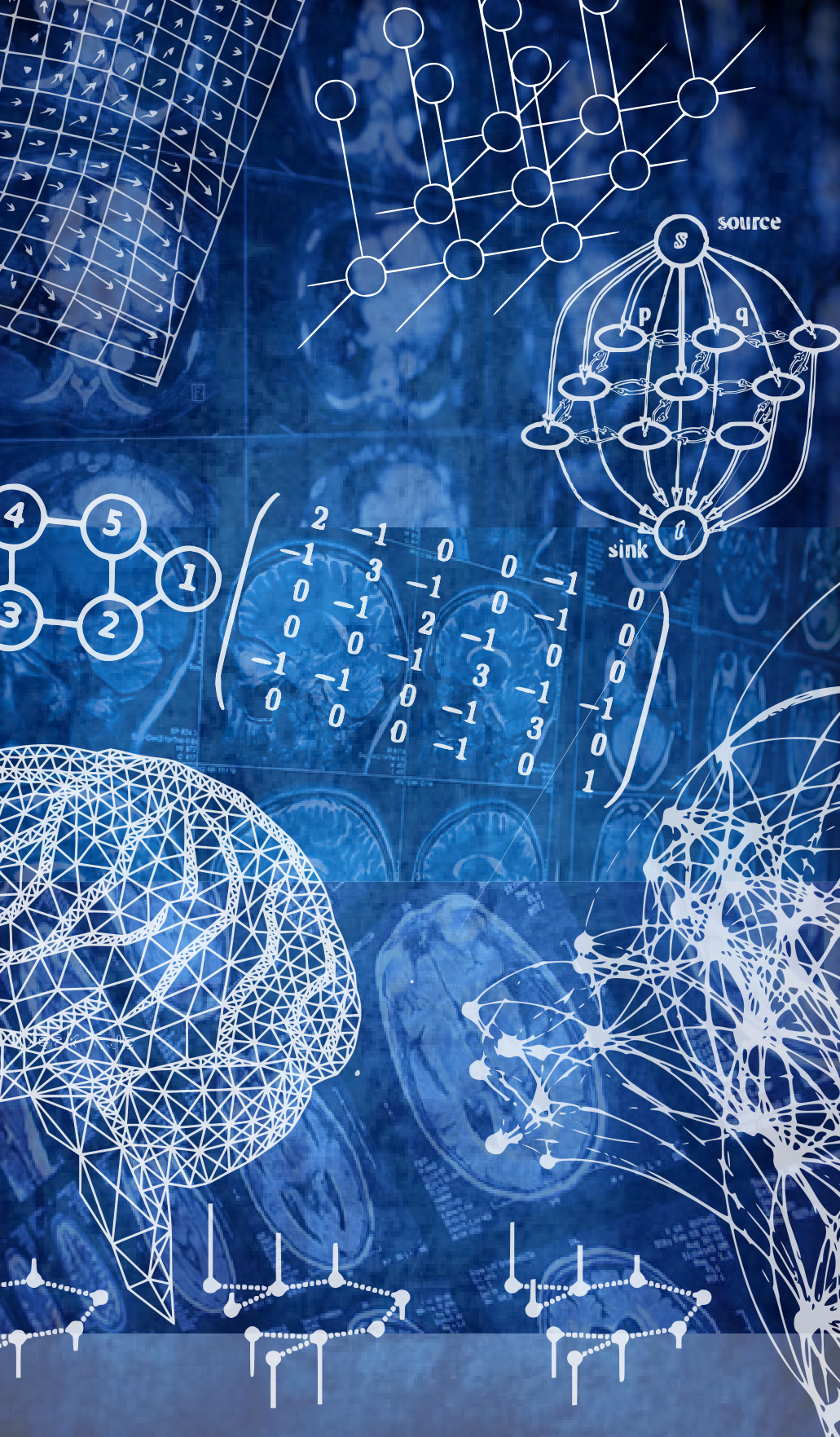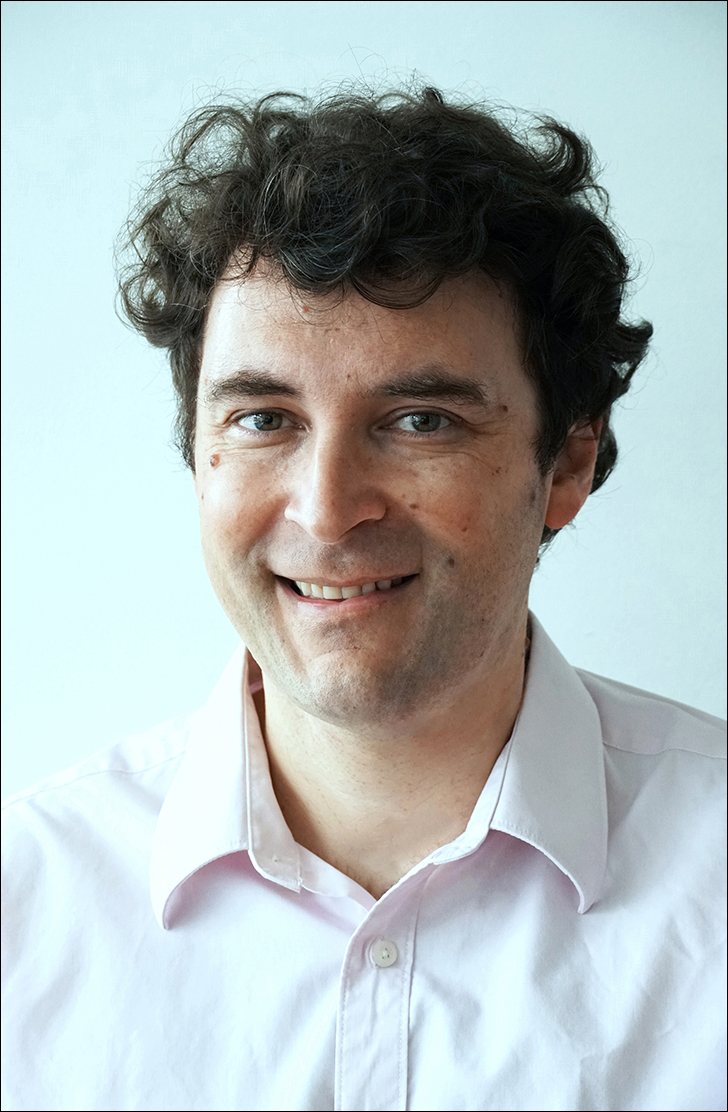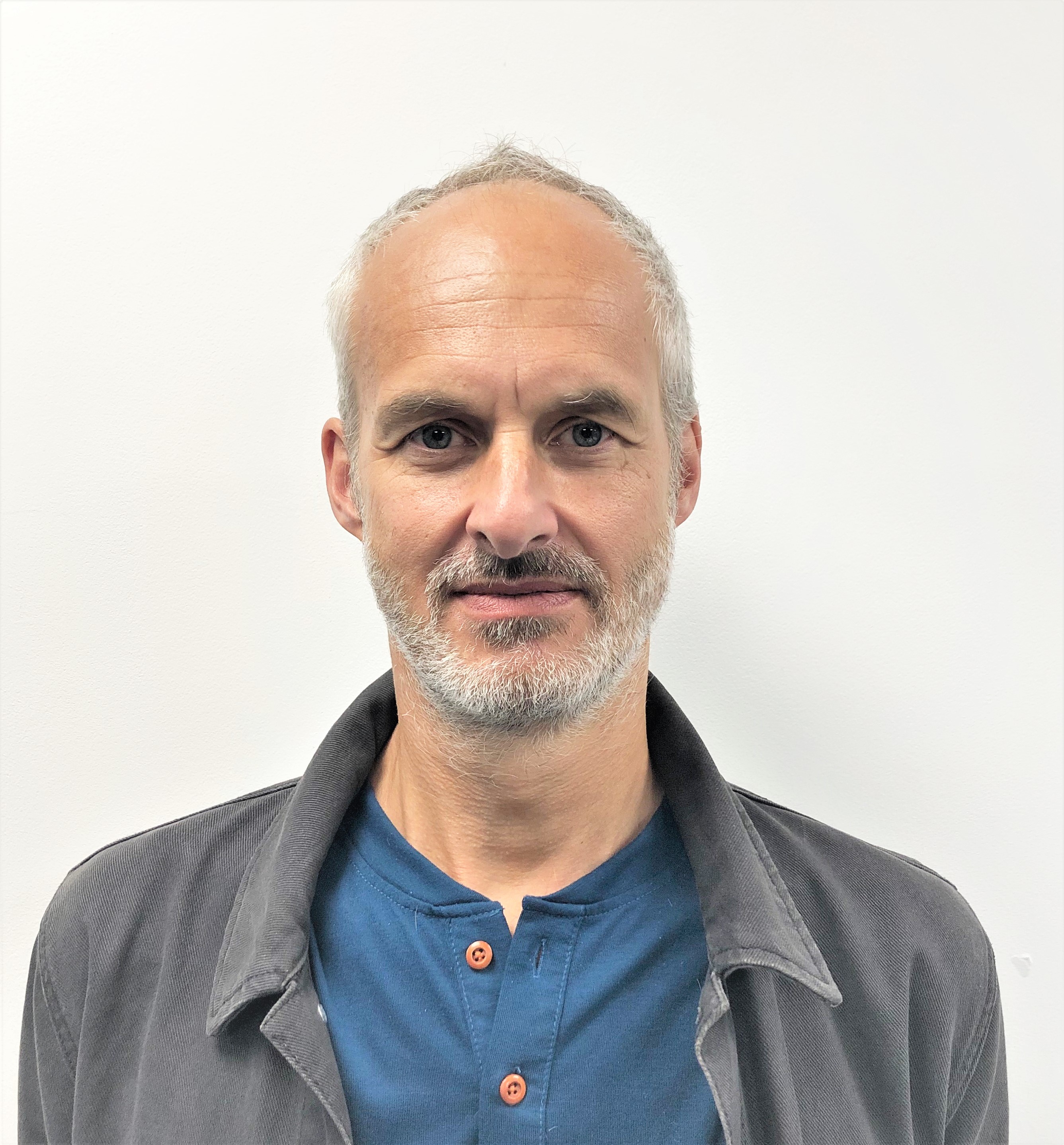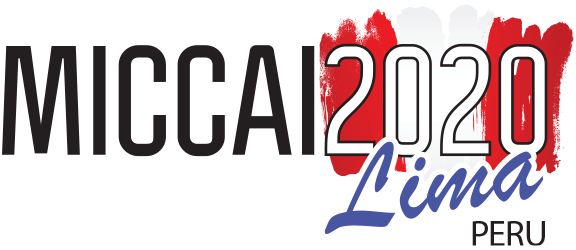
GRAIL 2020 is the third international workshop on GRaphs in biomedicAl Image anaLysis, organised as a satellite event of MICCAI 2020 in Lima, Peru.
Graph-based models have been developed for a wide variety of problems in computer vision and biomedical image analysis. Applications ranging from segmentation, registration, classification, and shape modelling, to population analysis have been successfully encoded through graph structures, demonstrating the versatile and principled nature of the graph based approaches.
Graphs are powerful mathematical structures which provide a flexible and scalable framework to model objects and their interactions in a readily interpretable fashion. As a consequence, an important body of work has been developed around different methodological aspects of graph including, but not limited to, graphical models, graph-theoretical algorithms, spectral graph analysis, graph dimensionality reduction, and graph-based network analysis. However, new topics are also emerging as the outcome of interdisciplinary studies, shedding light on areas like deep structured models and signal processing on graphs.
With this workshop we aim to highlight the potential of using graph-based models for biomedical image analysis. Our goal is to bring together scientists that use and develop graph-based models for the analysis of biomedical images and encourage the exploration of graph-based models for difficult clinical problems within a variety of biomedical imaging contexts.
The covered topics include but are not limited to:
- Deep/machine learning on graphs with regular and irregular structures
- Probabilistic graphical models for biomedical image analysis
- Discrete and continuous optimization for graphical models
- Signal processing on graphs for biomedical image analysis
- Deep/machine learning on structured and unstructured graphs
- Convolutional neural networks on graphs
- Graphs for large scale population analysis
- Graph-based shape modeling and dimensionality reduction
- Combining imaging and non-imaging data through graph structures
- Graph-based generative models for biomedical image analysis
- Graph spectral methods
- Algorithms on graphs
- Graphs in neuroimaging
- Applications of graph-based models and algorithms to biomedical image analysis tasks (segmentation, registration, classification, etc.)






